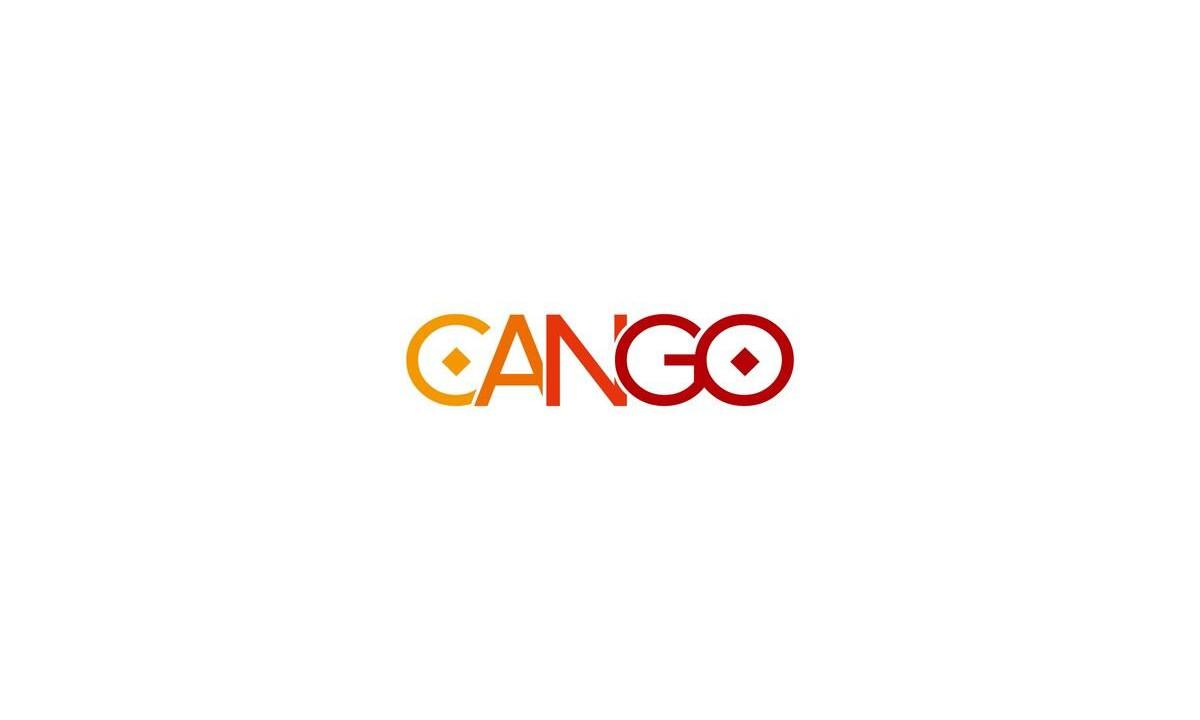Key Points:
- In the era after the upgrade of Shanghai, the staking process is becoming more and more important to the Ethereum ecosystem.
- Staking is more appealing to institutional and ordinary investors as it provides a more consistent source of income.
- Restaking, LSD, or SaaS methods are game-changing for Ether stakers.
Changes in the number of staking and withdrawals of Ethereum in the age after the upgrading of Ethereum Shanghai often alter the market’s emotions. Yet, the market’s focus is not restricted to short-term fluctuations in the staking value. Greater emphasis is being placed on the growth and innovation of the Ethereum ecosystem in relation to the pledge mechanism.

The stake-based branch track is continually evolving, in addition to the volatility of the staking amount garnering market interest.
Ethereum has progressed through three stages: Frontier, Homestead, and Metropolis, and is presently in the fourth stage of Serenity. Yet, how to let regular people and additional apps participate in Ethereum’s creation and evolution has emerged as a critical challenge. Staking is Ethereum’s central mechanism. Staking is the first step toward becoming heavily involved in the ecosystem.
Staking is more important for Ethereum
With the release of Ethereum 2.0, the proof-of-stake (PoS) consensus mechanism will be revealed, making Staking more appealing to institutional and individual investors and a more consistent source of income. With Ethereum 2.0, the whole blockchain industry’s staking income will treble again in 2025, hitting $40 billion.
Staking, as the key mechanism of Ethereum 2.0, provides a strong basis for the whole Ethereum network and supports the functioning of the entire ecosystem, in addition to providing rewards to staking players. Users with a significant quantity of staked assets may participate in Ethereum governance and encourage the long-term growth of the network through the voting and proposal system. Staking, like the North Star in the great night sky, plays an essential function in the ecosystem.
Several individuals will opt to become validators or join the staking pool to stake collectively during the staking. In addition, Ethereum has witnessed several advancements in native financial products.
These products have innovated in terms of technology, product mechanism, and borrowing from Internet financial platforms, among other things, to construct Ethereum’s decentralized financial empire. These new solutions not only give additional participation options and greater profits for users who have staked assets, but they also help the Ethereum ecosystem grow.
As a result, staking in the ecosystem represents not just revenue but also a money-making enterprise. It is the central mechanism of Ethereum 2.0 and the foundation of the public chain. It is also the core of Ethereum’s decentralized financial empire.
Staking contributes to the long-term viability of the new Ethereum ecosystem
Since the staking rate is currently insufficient, the Ethereum network’s security and stability will suffer. The ecology’s primary purpose is to increase the pledge rate. The game’s “upgraded version” may contain more efficient pledge tools and platforms, more flexible pledge items, and so on. The benefits that assist in balancing the game are as follows:
Restaking
Restaking enables new decentralized apps (“dApps”) and blockchains to employ previously staked ETH to verify the Ethereum network and secure other networks while also giving extra advantages to current ETH stakers.
Restaking is not only good for the environment, but it also helps to realize a shared security paradigm. Shared security is not a novel notion; for example, Avalanche has “subnets,” Polygon has “supernets,” and Ethereum has just announced the option of enabling a shared security architecture. In the case of the EigenLayer, the new blockchain will compensate stakers for re-staking rewards in exchange for acting as validators for that blockchain.

As a result of Restaking, Ethereum stakeholders may get extra advantages, and the new blockchain can use Ethereum’s validator set to improve its security. When validators employ the Restaking technique to gain larger returns, they may reinvest these profits into the staking pool to offer security for additional Web3 apps, hence improving the shared security model’s sustainability and efficiency.
Liquid Staking Derivatives (LSD)
Liquid Staking Derivatives is a technique that enables users to stake PoS blockchain currency in exchange for incentives and aggregate assets reflecting the staked quantity/value.
Simultaneously, Liquid Staking tokens are a means for unlocking staked assets, enabling users to maximize capital efficiency and profit in DeFi.
Several parties, including Blockchain, Node Operators, Blockchain currency holders, multiple DeFi Protocols, and the whole DeFi market, gain from liquid staking derivatives in terms of capital efficiency and security.
There are now three sorts of LSD product tracks: the staking infrastructure represented by SSV, etc.; the liquid staking platform represented by Lido and Rocket Pool; and the third is to construct DeFi goods using liquid staking certificates. Other products, such as LSDFi, have been developed based on the LSD track.

Staking as a Service (SaaS)
This is one kind of staking that allows you to avoid many of the possible hazards involved with staking. Staking responsibilities will be delegated to a staking service provider. The service provider’s responsibility is to identify and make prudent investments on behalf of the stakeholders who own the currency being allocated (similar to investing in ETFs or an open-ended fund).
Participation in staking often requires certain technical and hardware requirements, and it also exposes a single point to hazards like as node attacks. Of course, since staking is a time-consuming procedure, those who participate in staking must be patient. Staking as a service originally arose in PoS (Proof of Stake) blockchain networks like Tezos and Cosmos. Ethereum staking has battled to become a key application case for staking as a service since the release of Ethereum 2.0.
This sort of service takes some of the complications out of the staking procedure. This makes it an exceptionally accessible way to learn about blockchain and cryptocurrency in general. This, however, is a centralized system in which enormous companies are granted their own authority.
This lessens the decentralized character of blockchain in general and cryptocurrencies in particular.
In the conventional financial arena, staking-as-a-service is comparable to asset management products such as a portfolio fund managed by an asset management business. Staking is another option, but conventional funds sometimes have thresholds and qualifying criteria.
Conclusion
Shanghai is the last phase in Ethereum’s transition from a proof-of-work (PoW) consensus method to a proof-of-stake (PoS) consensus mechanism. Proof-of-stake is a more energy-efficient method of validating cryptocurrency transactions in which validators are chosen at random depending on the amount of ETH staked, as opposed to all validators fighting to verify blocks first in proof-of-work.
Ethereum began as a PoW network, but its PoS-based Beacon Chain, which operated alongside the live, PoW blockchain, was established in December 2020, and a merger between the two chains, known as The Merge, occurred in September 2022.
With the debut of the Beacon Chain, users have been able to stake their ETH but not unstake their ETH. The Shanghai upgrade, in the form of EIP-4895, alters that and completes the switch to PoS.
In the future, Satking-as-a-Service will evolve in the direction of multi-chain support, automation, and decentralization and will provide unique goods such as Restaking and LSD to fulfill the demands of many consumers.
The constant updating of Ethereum will bring about the innovation of the staking track. Beginning with staking, Ethereum’s DeFi financial empire has progressively expanded to include a wide range of applications and services, including lending, stable currency, decentralized exchanges, and liquidity mining.
This is comparable to the conventional financial market. Beginning with the most fundamental deposits, loans, securities, and other financial items, it eventually expands to include a wide range of financial products and services like as derivatives and asset management.
As Layer 2 technology advances, the DeFi financial empire will process transactions quicker and offer more services and functionalities. Moreover, as more conventional financial institutions join the DeFi space, there will be an increase in the number of innovations and possibilities in Ethereum’s DeFi ecosystem.
DISCLAIMER: The information on this website is provided as general market commentary and does not constitute investment advice. We encourage you to do your own research before investing.
Join us to keep track of news: https://linktr.ee/coincu
Harold
Coincu News






















